Painters: Augustus John to Cissie Kean |
||
Augustus [1878-1961] and Gwen [1876-1939] John There is little useful that can be added to all that has been written about them, except perhaps to remember that Augustus said that Gwen would be the more valued of the two after his death. They were both at the Slade with Michel Salaman (below), and his sisters Louise and Bessie, the former the mother of Bridget (below) and the latter my grandmother. |
||
Alfred de Pass [1861-1952] He was the most prodigious donor of works of art to muesums and galleries in London, Cambridge, and the West country—I believe that this portrait by Augustus is in one of the latter. |
||||
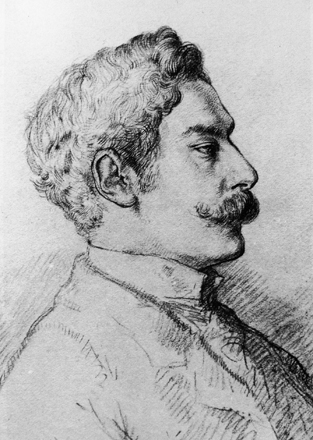 |
||||
Michel Salaman [1879-1971] Michel was master of the Exmoor Hunt from 1906 to 1911 and this portrait was probably painted about 1910. There is also a photograph of Michel with Augustus' portrait, surounded by huntsmen, hunt servants and children in Alec Guiness, the authorised biography (2003), Sir Alec being Michel's son-in-law. My father described the portrait as ‘execrable’, which given his taste, surprises me. |
||||
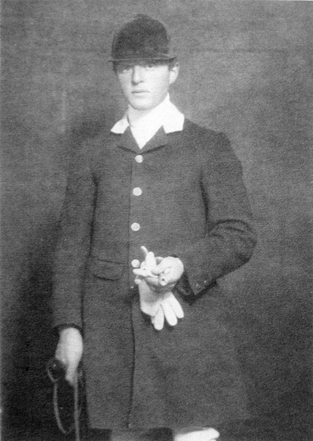 |
||||
Bridget (Biddie) Bishop [1910-2003] Sadly, this portait painted by Gwen in about 1928, never made it to Louise Bishop. It is, apparently, unfinished. |
||||
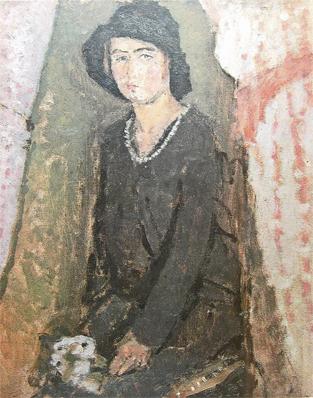 |
||||
Lilly [Leah] Delissa Joseph, [née Solomon, 1863-1940] The sister of Solomon Joseph Solomon RA, she took on two of her husband's names on marriage. She was a prolific painter, her self-portrait can be seen at the Ben Uri Gallery in London, but is best viewed online here, as well as biographical details. |
||
Amy Joseph, ARBA* [née Joseph, 1876-1961] I have not seen a reproduction of this portrait, so have instead used a photo of Amy. I only know of the painting from a reference in the Jewish Chronicle, 12 May 1898: In the long gallery [of the Grafton Gallery] hangs Mr Solomon J Solomon’s portrait of his father, Mr J Solomon, a highly meritorious piece of work which arrests the eye immediately amongst the many portraits. Mr Solomon’s arm-chair has been placed in a bow window, through which is a vista of green trees; he sits in a position of careless ease, with his cigar between his finders and a paper resting on his knee. In the next room Prince Troubetzkoy, who figures amongst the guests at Mr Solomon’s academy picture, Your health has returned the complement by an excellent presentment of Mr Solomon J Solomon on horseback in the row [presumably Rotten Row, Hyde Park] … Mrs Delissa Joseph contributes a portrait of Miss Amy Joseph (daughter of Mr N S Joseph). The young lady in a grey gown, to which a gay-coloured vest gives a warm tone, sits with clasped hands in an easy and natural position [my italics]. Later Amy became a painter in her own right. |
||||
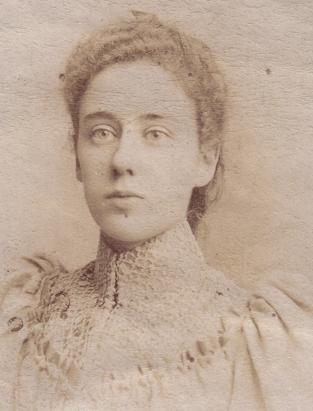 |
||||
Delissa (Nathaniel de Lissa) Joseph, FRIBA [1859-1927] This portrait is described and illustrated in an article 'Women’s work at the Royal Academy’ in The Gentlewoman on 19 June 1920: despite being well-known, I only know of one photograph of him, and this painting by his wife. The reviewer wrote ‘Mrs Joseph’s painting is distinguished for its broad and subtle handling’. |
||||
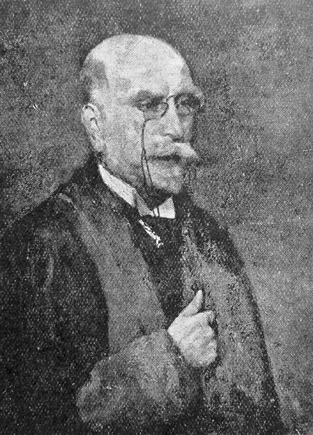 |
||||
Cissie Kean [1871-1961] As so often happens with the work of women painters of independent means, the work of Cissie Kean was rarely exhibited with the intention of selling. During her lifetime her work was only known by her circle of close friends and members of her family. Now, almost four decades later this exhibition brings back to life the life-long dedication of a female artist who might otherwise have been forgotten. Born in London in 1871 to a wealthy family of German coffee merchants, Elisabeth Johanna Maria Kuhn—one of six children—was certainly not destined to become a painter. Although her interest in painting was established at an early age, her family did not however think that a career as a painter would be compatible with her social background. After being crippled as a young adult in circumstances that have never become quite clear, the strong willed Cissie decided to dedicate her life to painting. She went to Paris where she studied for a number of years, completed her studies at the Academie Julian, where she was awarded a medal in 1906. During the First World War the family changed their surname from Kuhn to Kean. Cissie Kean, as she was now known, was in London and travelled around England with fellow women artists, such as Bertha Johnson and Lila Sampson, regularly attending painting groups. During the period 1916-19 she was painting watercolours in Chipping Campden with Frances Hodgkins, who appears to have had an influence on her style. Even some of their subject matter was similar, eg the Refugees and Ludlow. After the War Kean travelled through France, Italy and Spain, as well as to Brazil where one of her brothers lived, meticulously recording views in her sketchbooks, which she then used to work into more finished watercolours and oil paintings. In these works she conforms to a more traditional watercolour style, heavily influenced by the Grosvenor School of Art. Back after her travels in Italy, Cissie exhibited at the New English Art Club in late 1921 and again in 1922; she also showed at the Three Arts Club in London during inter-war years. Cissie Kean went back to Paris in the later 1920s working under André Lhôte, where she was influenced by later cubism and the purist style of Fernand Léger and Amédée Ozenfant whose house and studio was designed by his friend Le Corbusier in 1922. She spent time in Léger’s atelier where she found her true artistic identity working in oils. She started experimenting with keeping the very careful balance between representation and abstraction which the cubists sought to maintain. Following closely Léger’s approach to subjects, the figures and objects in her canvases are often simplified in an attempt to imbue them with a sense of greater vigour, movement and monumentality rather than to analyse their structure. She returned to London, where she took up a flat and a studio as a basis to work from and travel back and forth to Paris. Cissie Kean never married and died in London in 1961 in her ninetieth year. I am grateful to Whitford Fine Art, who held exhibitions of her work in 1999 and 2002, for these biographical details. |
||
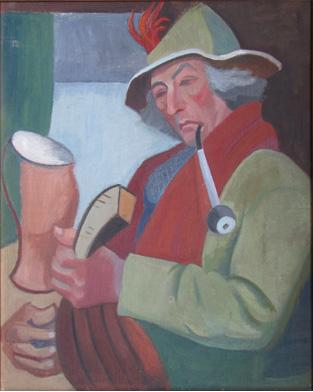 |
||||
Unknown male lute player Oil on canvas 61.5 x 49.5 cm. Private collection. |
||||
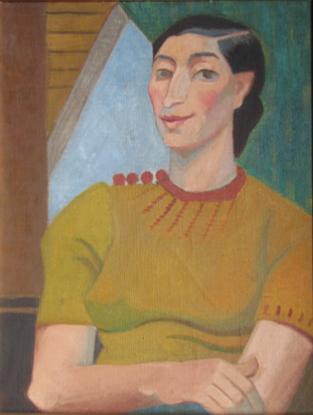 |
||||
Unknown female sitter Oil on canvas 61 x 46 cm. Private collection. |
||||

